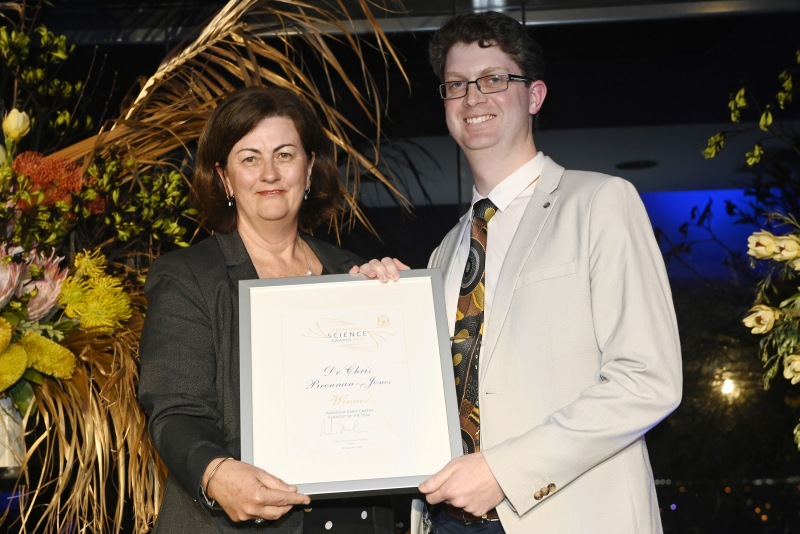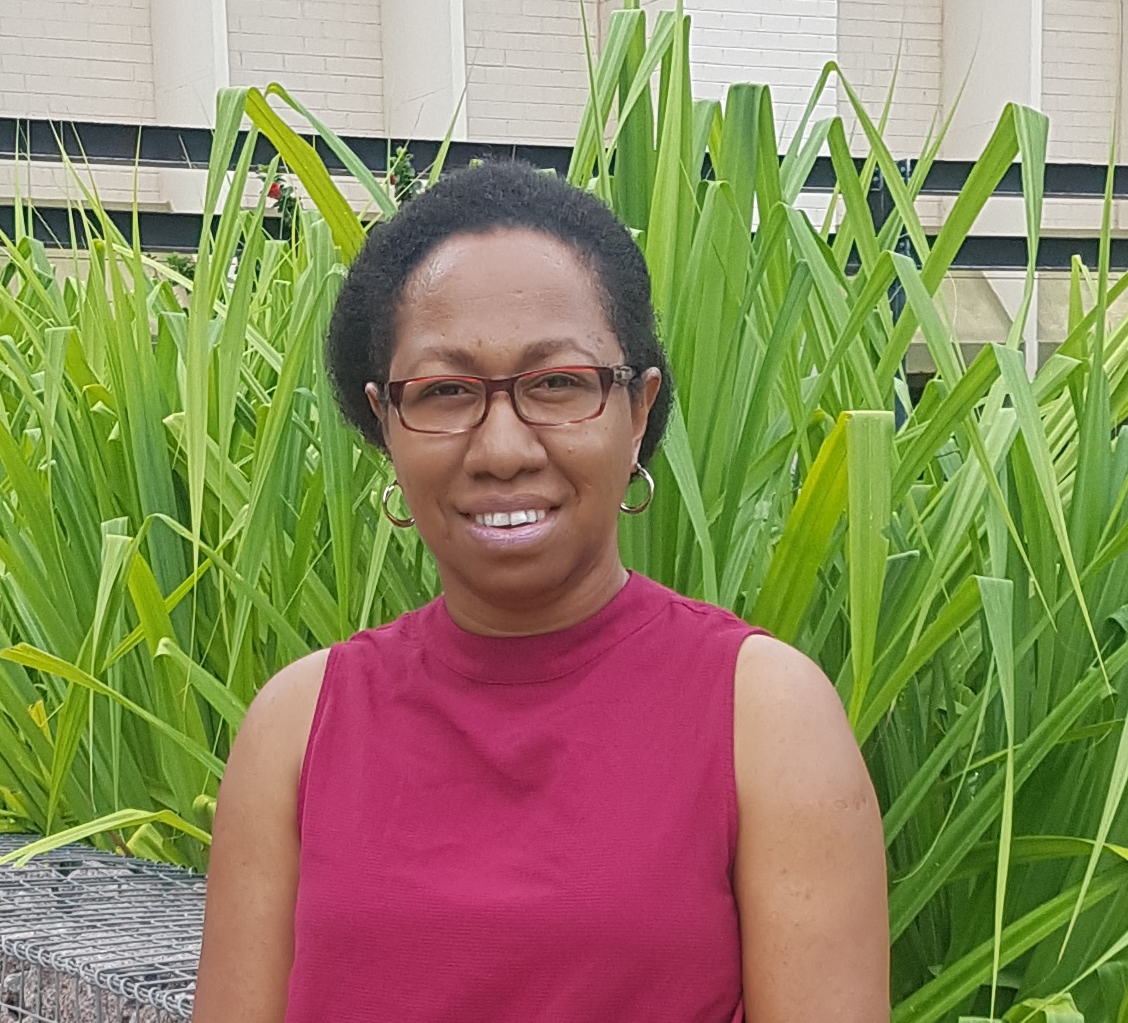Search
Research
Children with otitis media mount a pneumococcal serotype specific serum IgG and IgA response comparable to healthy controls after pneumococcal conjugate vaccinationWe investigated the suggestion that otitis-prone children have an impaired antibody response in the context of pneumococcal vaccination.
Research
Crowding and other strong predictors of upper respiratory tract carriage of otitis media-related bacteriaStreptococcus pneumoniae, Moraxella catarrhalis, and nontypeable Haemophilus influenzae is associated with otitis media

News & Events
The Kids researchers honoured at Premier’s Science AwardsCongratulations to Telethon Kids Institute researcher Dr Chris Brennan-Jones who was named Woodside Early Career Scientist of the Year at last night’s 2020 Premier’s Science Awards.

News & Events
Inaugural Winner of the Deborah Lehmann Research AwardCongratulations goes to Celestine Aho, the inaugural winner of the $30,000 Deborah Lehmann Research Award.

News & Events
Funding boost music to the ears of WA childrenA $6 million commitment from Wesfarmers to Telethon will fund vital research to reduce the impact of chronic ear infections and other serious diseases.
News & Events
Aboriginal researcher receives Fiona Stanley MedalAboriginal researcher Annette Stokes has been awarded the Fiona Stanley Medal for her commitment to improving child health and wellbeing.
Research
Australian Aboriginal children have higher hospitalization rates for otitis media but lower surgical procedures than non-Aboriginal childrenAboriginal children and children from lower socio-economic backgrounds were over-represented with OM-related hospitalizations but had fewer TTIs
Research
Australian Aboriginal children with otitis media have reduced antibody titers to specific nontypeable Haemophilus influenzae vaccine antigensdecreased serum IgG responses to NTHi outer membrane proteins may contribute to the development of chronic and severe OM in Australian Aboriginal children
Research
Prevalence and risk factors for parent-reported recurrent otitis media during early childhoodThe prevalence of parent-reported rOM was 26.8% (611/2280) and 5.5% (125/2280) for severe rOM in the Study.
Research
Supporting the Social-Emotional Well-Being of Elementary School Students Who Are Deaf and Hard of Hearing: A Pilot StudyChildren who are Deaf and Hard of Hearing, their parents, Teachers of the Deaf, and other community stakeholders were involved in co-designing a web-based resource to support students' social-emotional well-being.
